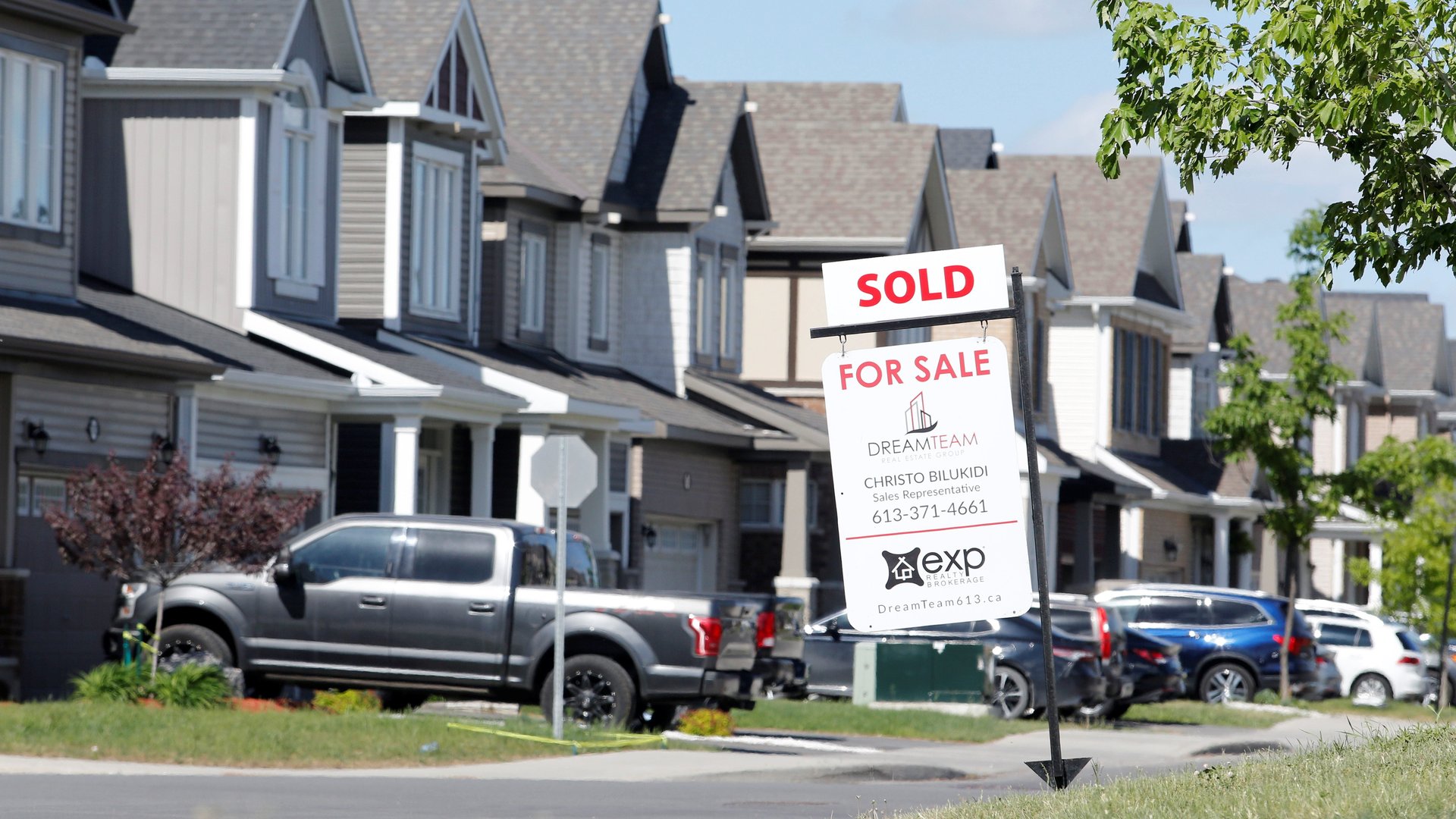How Zillow got rocked by the housing market
After putting its home-buying business on hold in October, Zillow announced on Nov. 2 that it would be shutting down the operation for good and laying off a quarter of its staff. The news sent the company’s shares down by about 10% the same day. It marked the end of Zillow’s short-lived foray into the iBuyer business, wherein they used algorithms to make sellers offers on their homes quickly, then renovated and resold the houses on their platform.


After putting its home-buying business on hold in October, Zillow announced on Nov. 2 that it would be shutting down the operation for good and laying off a quarter of its staff. The news sent the company’s shares down by about 10% the same day. It marked the end of Zillow’s short-lived foray into the iBuyer business, wherein they used algorithms to make sellers offers on their homes quickly, then renovated and resold the houses on their platform.
The modest end of Zillow Offers after just three and a half years is a far cry from the market-manipulating behemoth that some people feared Zillow would become once it used its troves of consumer data to buy and sell real estate. But instead of Zillow shaking up the housing market, market forces overwhelmed Zillow and made iBuying too risky a bet, at least for the $16.5 billion real-estate data company.
What went wrong with Zillow Offers
In a call with investors explaining the decision on Nov. 2, Zillow CEO Rich Barton cited “price forecasting volatility” as a primary reason why their home buying operation no longer made sense. Zillow was “fundamentally unable to predict the future pricing of homes to a level of accuracy that makes this a safe business to be in,” Barton said.
This rationale seems inconsistent with the story of the US housing market since the end of the Great Recession which has been one of consistent year-over-year growth. But Zillow is concerned with home price trends on a much shorter timescale, says Tomasz Piskorski, a professor of real estate at Columbia University who has studied the iBuyer market. As the middle man looking to buy low and flip houses quickly, Zillow needed to know how home prices in a given market are changing on a month-to-month basis. Their algorithms were never able to accurately predict the sweet spot of where to buy, and they ended up overpaying for some homes.
“If I’m an iBuyer, all I care about is what’s going to happen in the next three to six months, and that prediction is harder to make because there’s a lot of macroeconomic uncertainty right now. “
The rapid-fire pace at which houses have been sold recently also worked against Zillow by posing a fundamental threat to the iBuyer business model. The primary value that iBuyers offer sellers is speed and convenience—you can get your house sold in a day as opposed to letting it languish on the market for months. But when houses are selling quickly above market rate on traditional markets, the appeal of selling to an iBuyer evaporates. Zillow said that only 10% of sellers who requested a Zillow offer on their home actually took it.
Finally, Zillow encountered a classic labor shortage this year, unable to find enough employees to repair, inspect and resell the large backlog of houses it had in its inventory, as they mentioned back in October.
iBuying is a risky business
Zillow Offers has never been profitable for the company, even when they did turn a profit on individual sales. Overhead costs for the entire operation consistently outweighed sales, so that Zillow lost an average of $47 million per year from the division before this year. This most recent quarter, however, they lost $381 million, on the segment and will write down $304 million.
For a while, Zillow leadership was fine with this, allowing the homes operation to be unprofitable at the start while it scaled up. But the events of this year show Zillow wasn’t able to achieve the specific conditions necessary for iBuying to be successful; a strong supply of houses that can be easily priced with an algorithm, an ability to predict home prices confidently, and little competition from the traditional market.
“It’s actually a very difficult business to make money off of,” says Piskorski, “because your margins are very tight, and you’re exposed to investor risk.” Even though Zillow offered the promise of revolutionizing the home-buying process with technology, at the end of the day, it was still dealing in brick-and-mortar real estate, which is a capital and labor-intensive industry.
Zillow bet big on its house-buying operation anyways, biting off more than they could chew. They purchased aggressively in the first half of 2021 after slowing during the onset of the pandemic the previous year. Now, they’re sitting on an inventory of roughly 9,800 houses that they will attempt to sell in the first half of 2022. They can only hope their value will go up.